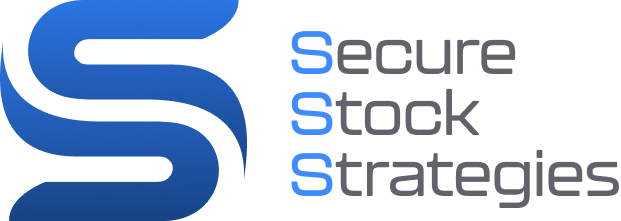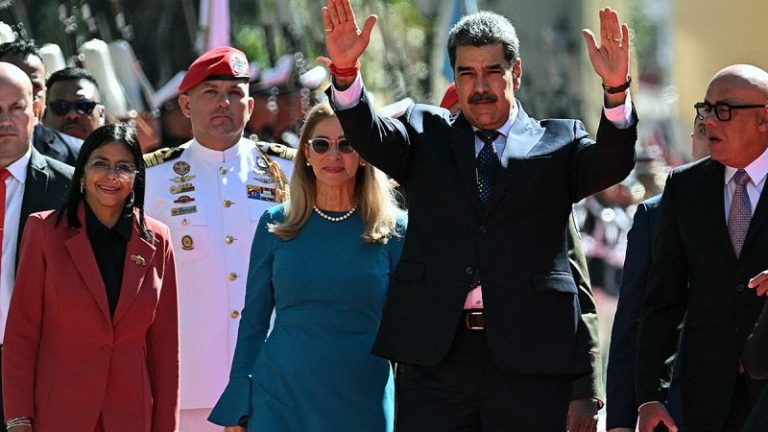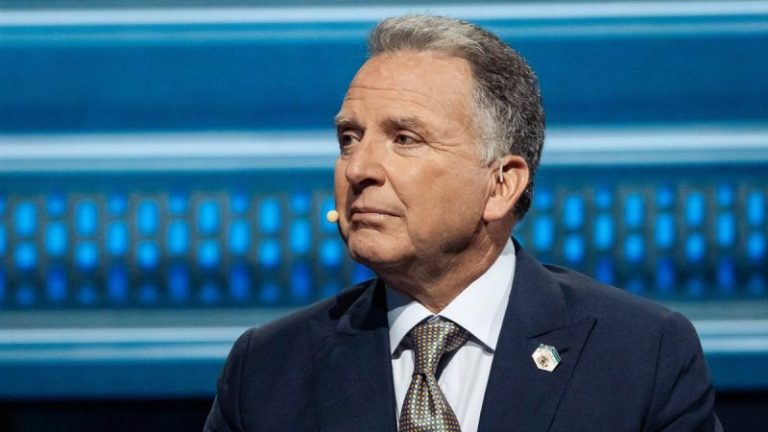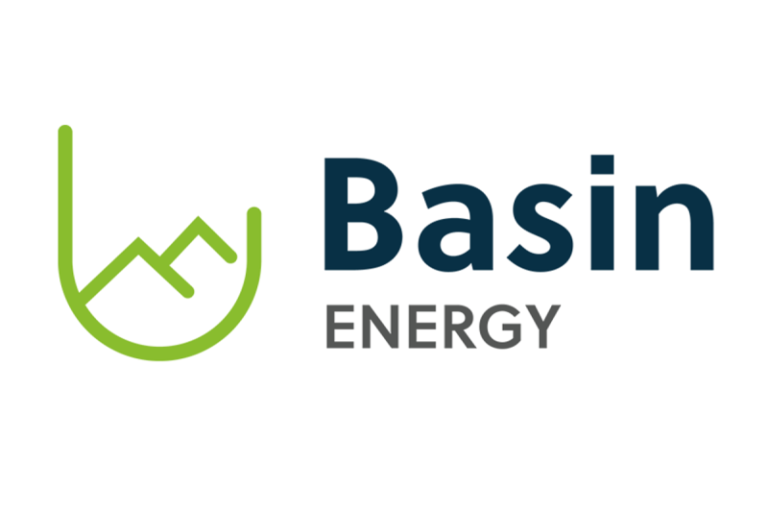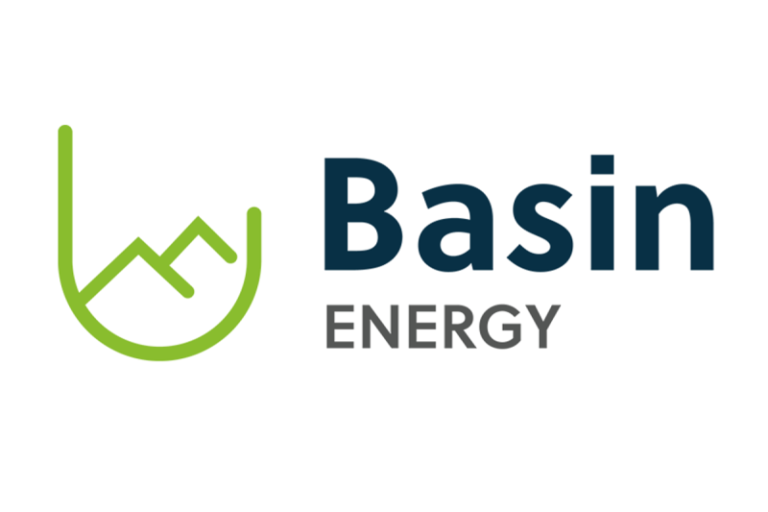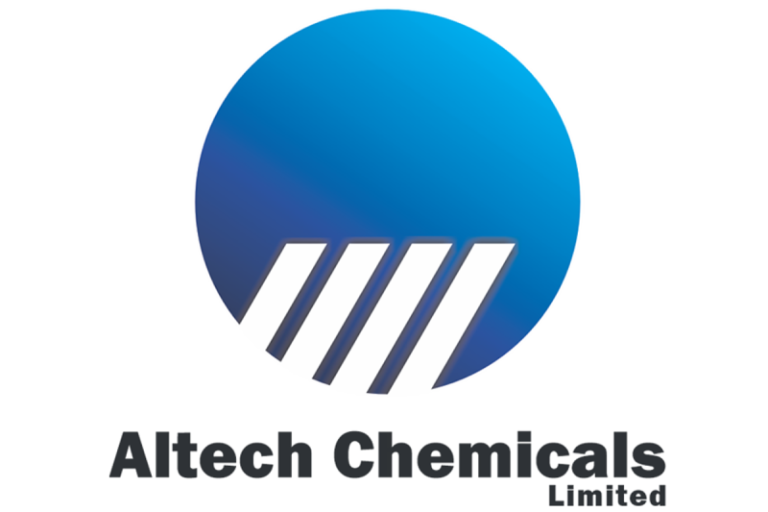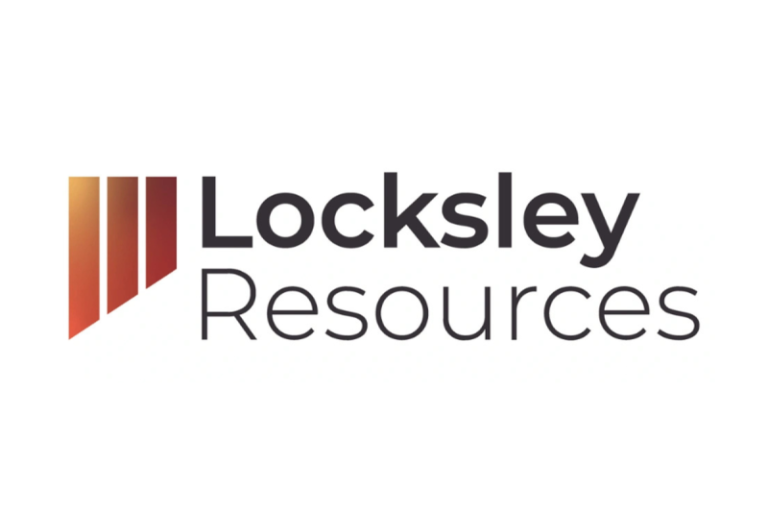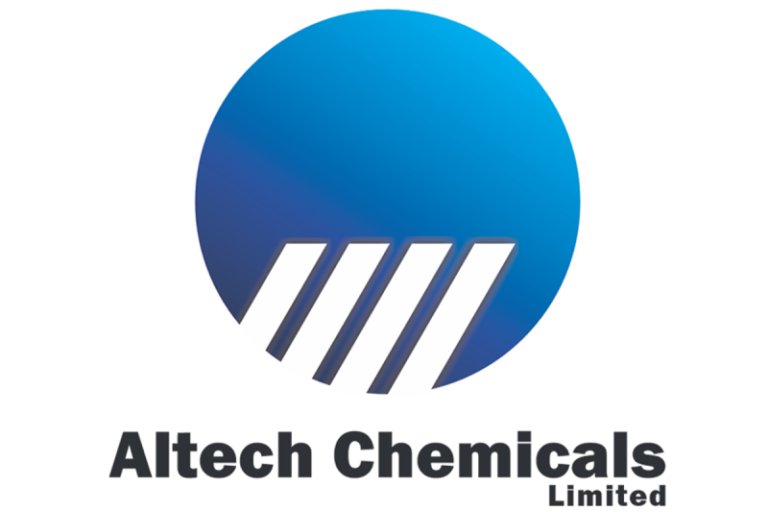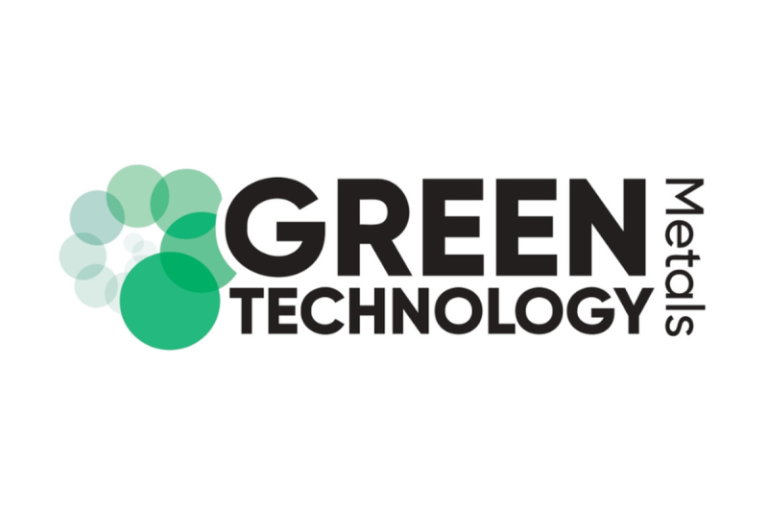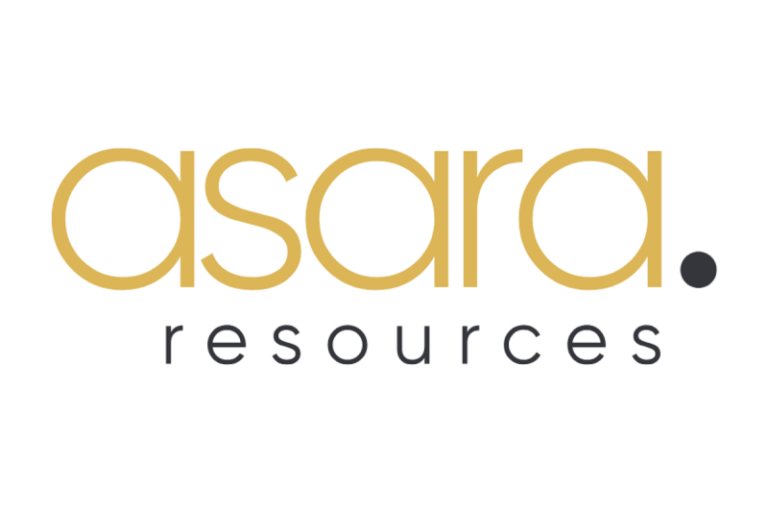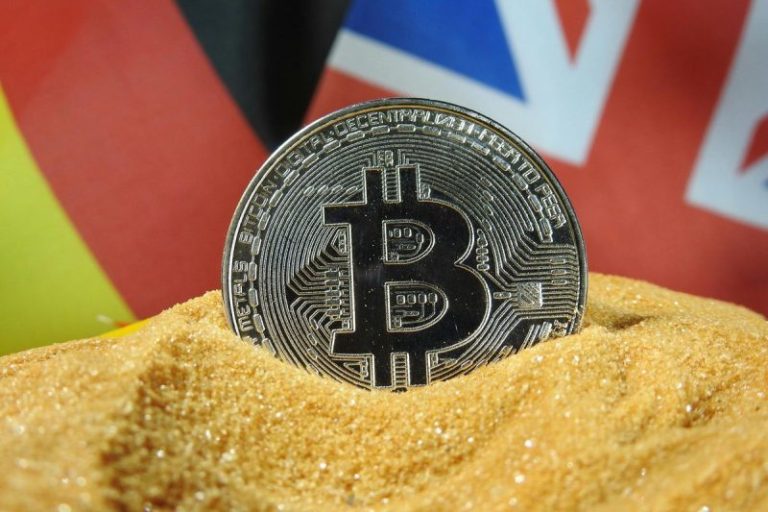Perth, Australia (ABN Newswire) – Altech Batteries Limited (ASX:ATC,OTC:ALTHF) (FRA:A3Y) (OTCMKTS:ALTHF) advised that its newly constituted Board has commenced a comprehensive strategic reset to position the Company for successful commercialisation of its core battery technologies.
The refreshed Board comprises Mr Joe Graziano as Non-Executive Chair, Mr Daniel Raihani as Managing Director & Chief Executive Officer and Mr Hansjoerg Plaggemars as Non-Executive Director. Their immediate mandate is to redirect Altech’s efforts toward partnerships, capital mobilisation, and disciplined project execution across its two advanced technology platforms: CERENERGY(R) and Silumina Anodes(TM).
Background to Leadership Change
The change in management follows a determination by the Company’s largest shareholder that the previous strategy was unlikely to achieve commercial outcomes in an acceptable timeframe. Specifically, the Board identified insufficient progress in achieving project financing for the CERENERGY(R) Sodium Chloride Solid State (SCSS) Battery Project and the Silumina Anodes(TM) Battery Materials Project, despite advanced feasibility work and strong underlying technical validation as previously disclosed in the 2025 Annual Report.
The Board has also resolved to reassess the strategic rationale and economic merit of the Company’s distribution arrangement for AMPower sodium-nickel-chloride UPS batteries, including the level of capital and management attention required. While AMPower technology provides near-term revenue optionality, the Board considers a focused capital allocation model essential.
Daniel Raihani, CEO and Managing Director stated:
‘Altech possesses two genuinely world-class technologies in CERENERGY(R) and Silumina Anodes(TM), and it is imperative that we now take the actions required to ensure these assets reach their full commercial potential. The reality is that these projects demand disciplined execution, robust partnerships and a level of financial and technical resourcing that cannot be delivered through incremental steps or half-measures.
‘This strategic reset is necessary. It reflects an honest appraisal of where the Company stands today and what is required to move forward with credibility. We must focus our capital, sharpen our priorities, and align Altech with partners capable of advancing large-scale industrial technology.
‘I will have the Company focused to rapidly find partners to allow commercialisation of these technologies, as I believe both require larger partners to be successful. I will communicate directly and honestly the outcome of these efforts as soon as they become available.’
Refocused Strategic Priorities
The Board’s immediate focus is on accelerating commercialisation pathways, centred on: 1. Strategic Partnering for CERENERGY(R) and Silumina Anodes(TM)
Both projects are technically advanced, with:
– A completed DFS for the 120 MWh CERENERGY(R) plant in Saxony, Germany;
– Independent ‘Dark Green’ sustainability classification by S&P Global (significantly lower lifecycle emissions than lithium-ion);
– Strong safety validation including extreme-condition testing;
– A fully constructed Silumina Anodes(TM) pilot plant producing high-purity alumina-coated silicon anode material; and
– Demonstrated battery performance breakthroughs (e.g. 30-55% higher energy density compared to graphite-only anodes).
The Board considers these high-value assets well suited to collaborative development models involving established battery manufacturers, industrial technology groups, chemicals producers or governmentsupported programs. The top priority is to secure one or more qualified strategic partners who can contribute capital, technical resources and market access to advance both projects into commercial reality.
2. Progressing Access to EUR46.7 million STARK Grant Funding
The Company’s CERENERGY(R) project is identified as eligible for up to EUR46.7 million in grant support under the German STARK program. Accessing this funding requires confirmation of full project financing. The Board will prioritise the workstreams required to unlock this government support package.
3. Portfolio Rationalisation and Asset Monetisation
The new Board has initiated a strategic review of Altech’s non-core assets and business activities, including:
– The Meckering kaolin Resource;
– The Johor (Malaysia) industrial landholding; and
– All ancillary corporate structures and cost centres.
The objective is to streamline the corporate footprint, reduce expenditure and realise value from assets not essential to the commercialisation of CERENERGY(R) and Silumina Anodes(TM).
4. Cost Structure Review
A full cost review is underway to align the organisation with Altech’s revised strategic path, ensuring capital is deployed efficiently and operational overheads reflect the Company’s priorities.
Managing Director Employment Terms
Under his agreement, Mr Raihani will receive:
– A fixed fee of $134,000 per annum, based on two working days per week; and
– A rate of $2,000 per day for each additional day worked over and above the two days per week.
– These remuneration terms reflect the Company’s transitional phase and the immediate strategic priorities.
About Altech Batteries Ltd:
Altech Batteries Limited (ASX:ATC,OTC:ALTHF) (FRA:A3Y) is a specialty battery technology company that has a joint venture agreement with world leading German battery institute Fraunhofer IKTS (‘Fraunhofer’) to commercialise the revolutionary CERENERGY(R) Sodium Alumina Solid State (SAS) Battery. CERENERGY(R) batteries are the game-changing alternative to lithium-ion batteries. CERENERGY(R) batteries are fire and explosion-proof; have a life span of more than 15 years and operate in extreme cold and desert climates. The battery technology uses table salt and is lithium-free; cobalt-free; graphite-free; and copper-free, eliminating exposure to critical metal price rises and supply chain concerns.
The joint venture is commercialising its CERENERGY(R) battery, with plans to construct a 100MWh production facility on Altech’s land in Saxony, Germany. The facility intends to produce CERENERGY(R) battery modules to provide grid storage solutions to the market.
Source:
Altech Batteries Ltd
Contact:
Daniel Raihani
Managing Director
Altech Batteries Limited
Tel: +61-8-6168-1555
Email: info@altechgroup.com
Martin Stein
Chief Financial Officer
Altech Batteries Limited
Tel: +61-8-6168-1555
Email: info@altechgroup.com
